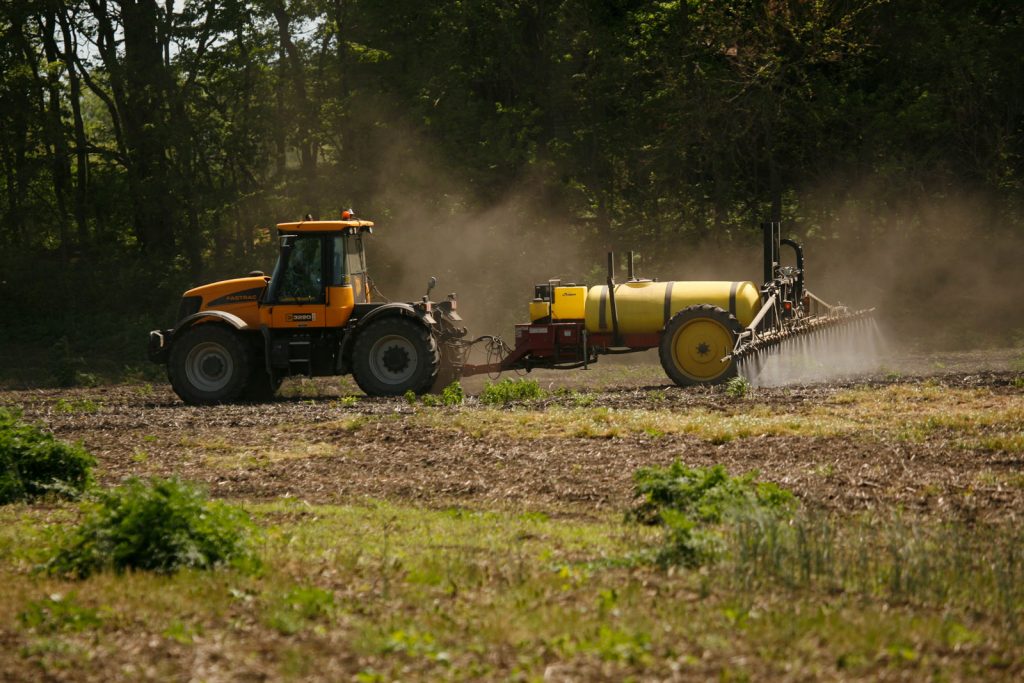Establishing land through the Conservation Reserve Program (CRP) is a significant step toward promoting biodiversity, reducing soil erosion, and improving water quality. However, the work doesn’t stop after the initial planting. Proper maintenance is crucial to ensure the long-term success of CRP land and to maximize the environmental benefits the program offers. In this post, we will explore the best practices for maintaining CRP land, so you can preserve and enhance the health of your conservation projects for years to come.
Why CRP Maintenance is Essential
Once native grasses, forbs, and other vegetation are established, regular maintenance is necessary to ensure that these plants continue to thrive, and that invasive species and other threats are kept at bay. Without consistent upkeep, CRP land can become overrun with invasive species, lose its ability to prevent soil erosion, and fail to provide the intended wildlife habitat.
The good news is that with a few well-planned maintenance strategies, landowners can easily maintain their CRP land and continue to enjoy the program’s benefits over the long term.
1. Mowing and Controlled Burns
One of the most effective methods for maintaining CRP grasslands is through periodic mowing or prescribed burning.
Mowing: Mowing helps control the growth of weeds and prevents unwanted woody vegetation from taking over. It also encourages the regrowth of native grasses and forbs by removing old growth that can block sunlight. It’s essential to mow at the right time to avoid disrupting wildlife, especially during nesting seasons. Consulting your local USDA office for timing recommendations is crucial.
Controlled Burns: Prescribed fire is another powerful tool for managing CRP grasslands. Burning mimics the natural processes that many ecosystems rely on, clearing out dead plant material, controlling invasive species, and encouraging the growth of native vegetation. Before implementing a controlled burn, it’s essential to follow local regulations and work with professionals to ensure it is conducted safely.
2. Invasive Species Management
Invasive species can quickly choke out native plants and undermine the conservation goals of your CRP land. Regularly monitoring your land for invasive plants is crucial to catching problems early.
Spot Herbicide Treatments: If invasive plants are spotted, targeted herbicide applications can prevent their spread. By focusing herbicide use only on problem areas, you can maintain the health of native vegetation while eradicating invasives.
Manual Removal: In some cases, invasive species can be removed by hand or mechanical methods, especially in smaller areas or where herbicide use is not feasible. It’s important to remove the entire plant, including the roots, to prevent regrowth.
Keeping invasives under control not only benefits the native ecosystem but also helps maintain compliance with CRP program requirements.
3. Monitoring and Record Keeping
To ensure your CRP land remains healthy, regular monitoring and record keeping are essential. Keeping track of the condition of your plantings, noting any areas where weeds or invasive species have taken hold, and recording when maintenance activities like mowing or spraying occur will help you stay on top of the needs of your land.
Annual Inspections: Conduct a comprehensive inspection of your CRP land at least once a year. Look for signs of invasive species, assess the health of the plantings, and make a note of any areas that may need additional maintenance.
Photo Documentation: Taking photos of your CRP land over time can help you visually track changes and improvements. This can be especially helpful when working with USDA or other agencies to demonstrate compliance with CRP requirements.
4. Soil Health and Fertility Management
Soil health plays a critical role in the long-term success of your CRP project. Even with native plantings, it’s important to monitor and maintain soil fertility.
Soil Testing: Conduct periodic soil tests to assess nutrient levels, pH balance, and organic matter content. If deficiencies are identified, consult with a conservation expert about whether supplemental fertilization or amendments are necessary to maintain plant vigor.
Minimizing Soil Disturbance: One of the key benefits of CRP land is its ability to reduce soil erosion. To maintain this, avoid excessive soil disturbance that could undermine the structural integrity of your soil or lead to erosion.
Healthy soils support robust native vegetation, which in turn provides better wildlife habitat, reduces erosion, and improves water quality.
5. Wildlife Habitat Enhancement
One of the primary goals of CRP land is to create and preserve wildlife habitat. Maintaining and enhancing this habitat is key to long-term CRP success.
Pollinator Habitats: Consider adding or maintaining areas of wildflowers or other forbs that attract pollinators like bees and butterflies. These areas can complement native grass plantings and provide critical resources for wildlife.
Shelterbelts and Buffer Zones: Planting trees or shrubs as shelterbelts or along water bodies as buffer zones can enhance the diversity of wildlife habitats on your CRP land. These plantings offer food, shelter, and protection for a wide range of species.
Maintaining a diversity of plant species ensures that your CRP land provides year-round benefits to wildlife, from nesting areas in the spring to food sources in the fall.
6. Follow USDA Guidelines and Recommendations
Each CRP contract comes with specific guidelines and requirements for maintaining the land. It’s important to follow these recommendations to ensure you remain compliant with the program and avoid penalties. In many cases, the USDA will provide guidance on the best practices for managing your CRP land based on your region and the type of vegetation established.
Consulting with USDA representatives or local conservation experts can help you stay up-to-date with the latest strategies and tools available for maintaining your land effectively.

